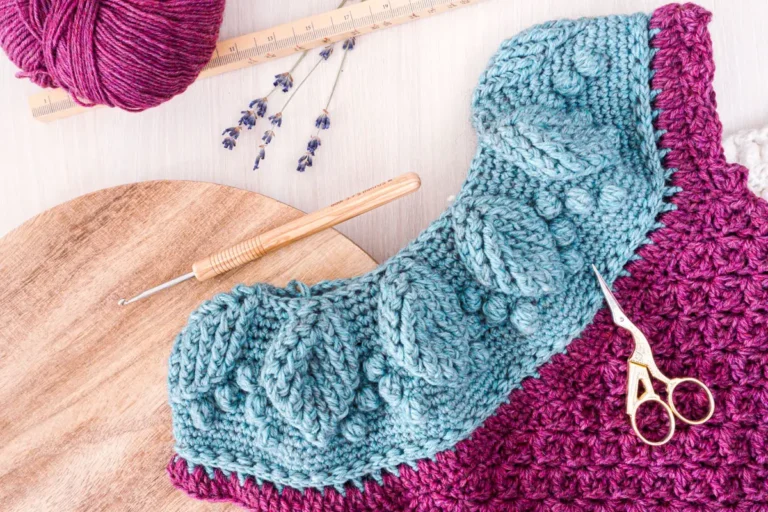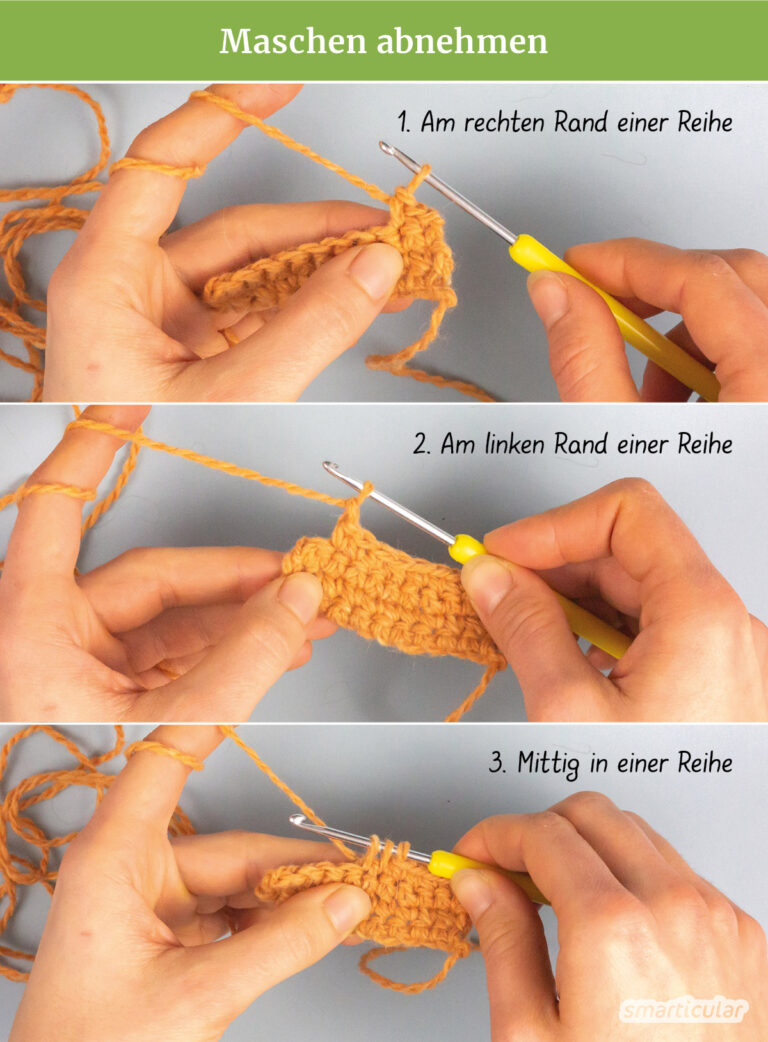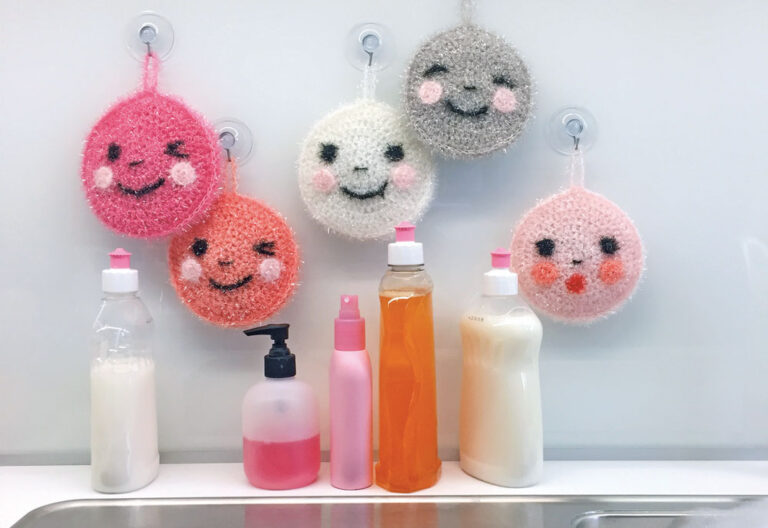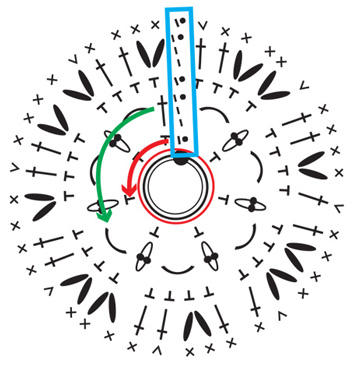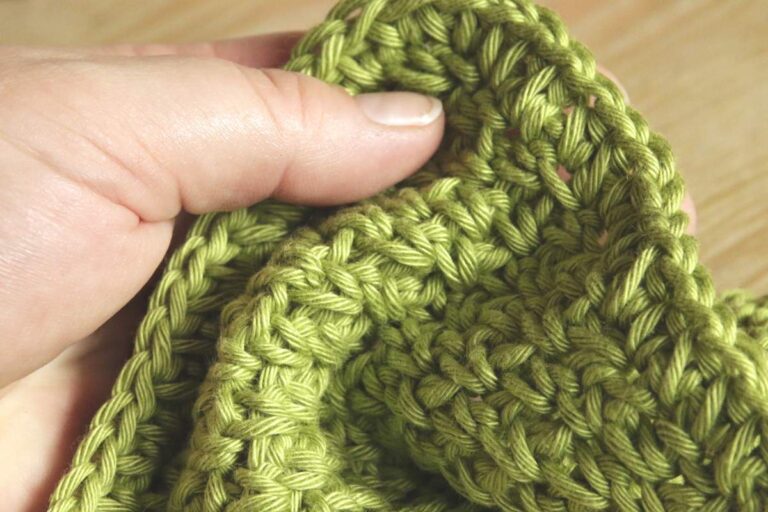Was Verbraucht Weniger Wolle Häkeln Oder Stricken
Have you ever wondered if crochet or knitting requires less yarn? In this article, we explore the question of whether crochet or knitting consumes fewer yarn. Whether you’re an avid yarn enthusiast or a beginner looking to start a new hobby, understanding the differences in yarn consumption between these two popular crafts can help you plan your projects more efficiently. Let’s dive into the details and discover which technique may be more economical when it comes to using your precious skeins of yarn.
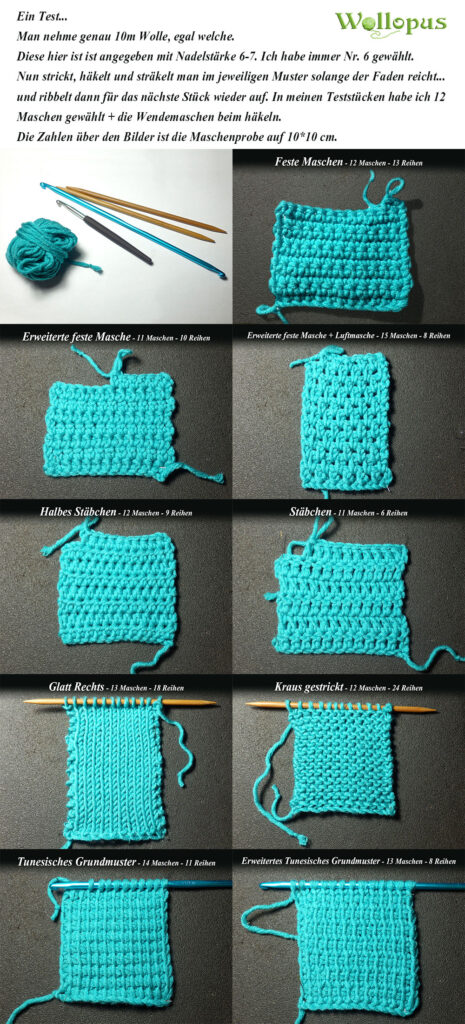
This image is property of www.wollopus.de.
Introduction
Are you curious about the differences between crocheting and knitting? Do you wonder which craft consumes less wool? Whether you’re a beginner or an experienced crafter, this article will provide you with a comprehensive comparison of wool consumption between crocheting and knitting. We will explore the tools and techniques used in each craft, the types of stitches, and the complexity of projects. Additionally, we will delve into the factors influencing wool consumption, examine popular crochet and knitting projects, and even consider sustainable alternatives to wool. So, grab your yarn and let’s dive into the world of crocheting and knitting!
1. Differences between Crocheting and Knitting
1.1 Tools and Techniques
When it comes to crocheting, all you need is a crochet hook, which usually has a handle and a pointed hook at one end. Knitting, on the other hand, requires two knitting needles. The size and material of the needles can vary depending on the project and personal preference.
Crochet uses a single hook to create various stitches, while knitting involves using two needles to create interlocking loops of yarn. The techniques used in crocheting and knitting differ, resulting in unique textures and patterns. Crochet tends to have a thicker and more textured appearance, while knitting produces a smoother and more fluid fabric.
1.2 Stitch Types
Both crocheting and knitting offer a wide range of stitch options, each with its own distinct characteristics. In crocheting, popular stitches include the single crochet, double crochet, and treble crochet. Knitting, on the other hand, offers stitches such as the knit stitch, purl stitch, and cable stitch.
The difference in stitch types contributes to the variations in fabric texture and structure between crocheting and knitting. Crocheted fabric is generally denser and more sturdy, while knitted fabric is known for its flexibility and drape.
1.3 Project Complexity
When it comes to project complexity, both crocheting and knitting offer a vast array of possibilities. However, crocheting is often considered to be more beginner-friendly due to its simpler techniques and stitches. With only one hook, it is easier to keep track of the stitches and correct mistakes as you go.
Knitting, on the other hand, can be more challenging for beginners due to the use of two needles and the need to manage multiple stitches simultaneously. However, once the basic techniques are mastered, knitting opens up a world of intricate patterns and designs that can be achieved with relative ease.
2. Wool Consumption in Crocheting
2.1 Factors Influencing Wool Consumption
Various factors can influence the amount of wool consumed in crocheting projects. The type of yarn chosen, the size of the crochet hook, and the tension of the stitches all play a role in determining wool consumption.
Thicker yarns and larger crochet hooks typically result in a higher wool consumption compared to thinner yarns and smaller hooks. Additionally, if the stitches are made tightly, more yarn will be needed to complete the project.
2.2 Types of Crocheting Patterns and Wool Usage
Crocheting patterns come in different categories, including accessories, garments, home décor, and amigurumi (stuffed toys). Each category requires a varying amount of wool, depending on the size and complexity of the project.
Accessories such as scarves and hats usually require a moderate amount of wool compared to larger garments like sweaters and blankets. Amigurumi projects, being smaller in size, require minimal amounts of wool.
2.3 Popular Crochet Projects and Estimated Wool Consumption
Some popular crochet projects include blankets, shawls, and beanies. Let’s take a closer look at the estimated wool consumption for each of these projects:
-
Blankets: Depending on the desired size and the stitch pattern used, crocheting a blanket can consume a substantial amount of wool. On average, a medium-sized blanket may require around 10 to 15 skeins of yarn.
-
Shawls: Shawls are generally lighter and smaller than blankets, so they require less wool. For a standard-sized shawl, you might need approximately 2 to 4 skeins of yarn.
-
Beanies: Crocheting a beanie is a relatively quick project that doesn’t require a large amount of wool. A typical beanie can be completed with just one skein of yarn.
3. Wool Consumption in Knitting
3.1 Factors Affecting Wool Consumption in Knitting
Similar to crocheting, several factors impact the amount of wool consumed in knitting projects. The yarn weight, needle size, and tension of the stitches influence the overall wool consumption.
Knitting with thicker yarns and larger needles will result in a higher wool usage compared to thinner yarns and smaller needles. Additionally, looser stitches will require more wool than tight stitches.
3.2 Types of Knitting Patterns and Wool Usage
Knitting patterns encompass a range of projects, including sweaters, socks, scarves, and accessories. Each pattern requires a different amount of wool, depending on the size and complexity of the project.
Sweaters and cardigans, being larger garments, often require more wool than smaller accessories like socks or scarves. The intricate patterns and cable designs in some knitting projects may also increase the amount of wool needed.
3.3 Popular Knitting Projects and Estimated Wool Consumption
Let’s explore the estimated wool consumption for some popular knitting projects:
-
Sweaters: Knitting a sweater typically requires a significant amount of wool, especially for larger sizes. On average, a basic adult-sized sweater might require 10 to 15 skeins of yarn.
-
Socks: Knitting a pair of socks requires less wool compared to garments. For an average-sized adult pair of socks, you might need around 2 to 3 skeins of yarn.
-
Scarves: Scarves are versatile projects that can vary in length and width. An average-sized scarf might use approximately 3 to 5 skeins of yarn.
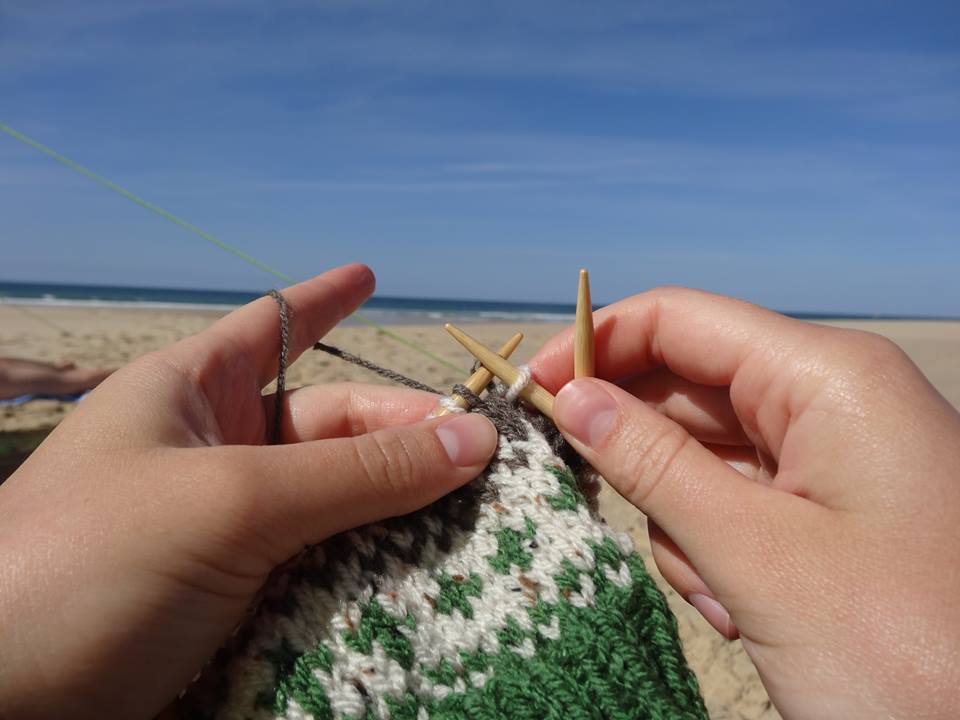
This image is property of lisibloggt.files.wordpress.com.
4. Comparing Wool Consumption between Crocheting and Knitting
4.1 Considerations for Accurate Comparison
When comparing wool consumption between crocheting and knitting, it’s essential to consider a few factors. The stitch patterns used, the tension of the stitches, and the desired outcome of the project all influence wool usage.
Different stitches and stitch patterns can affect how much wool is needed, as some stitches tend to use more yarn than others. Additionally, personal tension and the desired thickness of the fabric can also impact wool consumption.
4.2 Case Studies: Crocheting vs. Knitting Wool Usage
To get a better understanding of wool consumption, let’s compare the amount of wool used in two similar projects – a crocheted blanket and a knitted blanket.
For example, let’s assume we have a medium-sized blanket pattern for both crocheting and knitting. The crocheted blanket might use approximately 12 skeins of yarn, while the knitted blanket might require around 15 skeins. In this case, crocheting consumes slightly less wool than knitting for the same-sized project.
It’s important to note that these estimates can vary depending on the specific pattern, yarn type, and personal tension. Therefore, it’s essential to account for individual preferences and project needs when comparing wool consumption.
4.3 Factors to Consider for Individual Preferences and Project Needs
When determining which craft consumes less wool, it’s vital to consider your personal preferences and project requirements. If you prefer a denser and more textured fabric, crochet might consume slightly more wool than knitting. However, if you enjoy creating delicate and draping fabrics, knitting may result in higher wool consumption.
Additionally, the complexity of the project and the time you’re willing to invest are important factors. If you’re looking for quick and relatively simple projects, crochet might be more suitable. Conversely, if you enjoy intricate patterns and are willing to put in more time, knitting offers a diverse range of possibilities.
5. Sustainable Alternatives to Wool
5.1 Plant-Based Fibers
If you’re concerned about the environmental impact of wool production, there are several sustainable alternatives available. Plant-based fibers such as cotton, linen, hemp, and bamboo offer excellent options for both crocheting and knitting.
Cotton, for example, is a common choice for lightweight and breathable garments. Linen offers durability and a crisp texture, making it ideal for summer projects. Hemp and bamboo are also eco-friendly options, known for their strength and versatility.
5.2 Synthetic Fibers
Synthetic fibers, such as acrylic and polyester, provide affordable and easy-to-care-for alternatives to wool. Acrylic yarn, in particular, comes in a wide variety of colors and is known for its softness and durability. Polyester yarn is lightweight and often used in projects that require quick drying.
While synthetic fibers may not have the same natural qualities as wool, they offer convenience, affordability, and an extensive range of options.
5.3 Blends and Eco-Friendly Yarn Choices
Blended yarns that combine natural and synthetic fibers are also available. These blends offer the best of both worlds by incorporating the natural qualities of plant-based fibers with the durability and affordability of synthetic fibers.
In addition to the choice of fiber, selecting eco-friendly yarns that are sustainably sourced and produced can further reduce the environmental impact of your projects. Look for yarns that carry certifications such as organic, fair trade, or recycled materials.
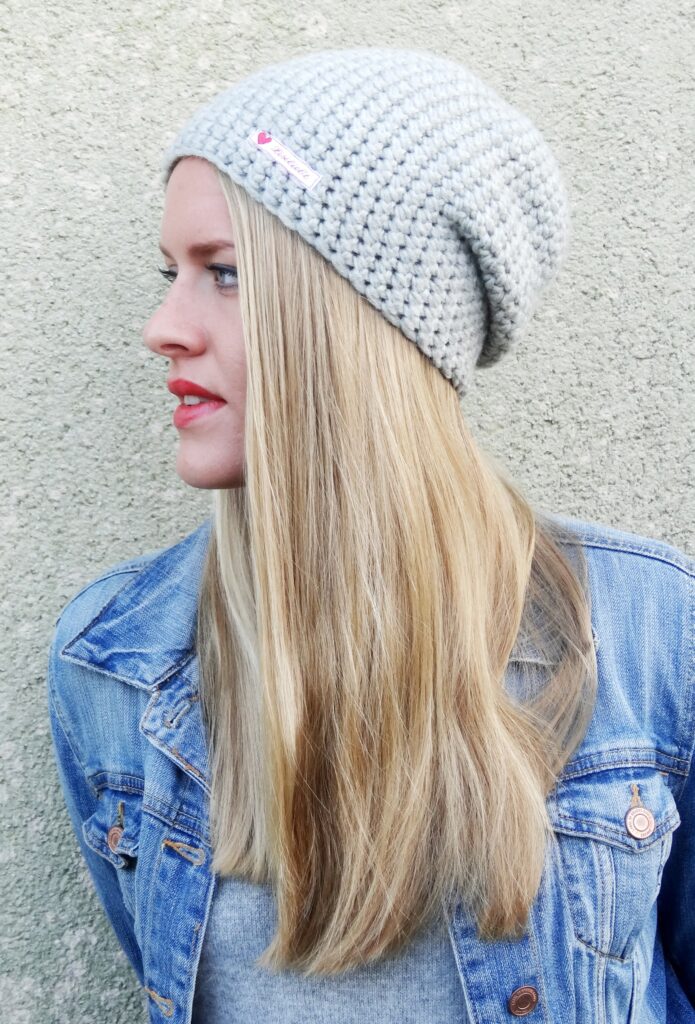
This image is property of lisibloggt.files.wordpress.com.
6. Conclusion
In conclusion, the amount of wool consumed in crocheting and knitting projects depends on various factors such as the tools and techniques used, the types of stitches, and the complexity of the project. While crocheting generally uses less wool than knitting due to its denser texture, the comparison can vary depending on individual preferences and project needs.
It’s essential to consider factors such as stitch patterns, tension, and desired fabric characteristics when determining wool consumption. Furthermore, exploring sustainable alternatives to wool, such as plant-based fibers and synthetic yarns, can provide eco-friendly options for both crocheting and knitting projects.
So, whether you choose to crochet or knit, feel confident in exploring your creative endeavors and selecting the right yarn for your projects. Happy crafting!

